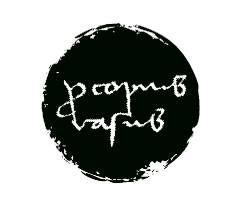PROKOP THE GREAT


“INSTEAD OF FENDING OFF ONE INVASION OF BOHEMIA AFTER ANOTHER, PROKOP CARRIED THE WAR TO THE ENEMY, THUS FREEING THE HUSSITE TOWNS FROM THE DEPREDATIONS OF WAR”
Prokop the Great is shown wearing plate armour, holding a bascinet with an attached padded aventail, and gripping a battle axe. The red stripe on his black surcoat and the chalice symbol are both universal systems of the Hussite movement.
Prokop the Great, as he became known, was a first-rate military commander and a brilliant strategist who steered the Hussites on a different course than that plotted by his predecessor Jan Zizka. Instead of fending off one invasion of Bohemia after another, Prokop carried the war to the enemy, thus freeing the Hussite towns from the depredations of war.
When the leading brotherhoods of the Hussite army were not banding together to fight their Catholic enemies, they were warring among themselves. Having vanquished the armies of King Sigismund of Hungary and his allies after 15 years of warfare, two opposing Hussite armies assembled in central Bohemia near the village of Lipany on 30 May 1434 to settle their differences with arms.
The Bohemian League, a combination of moderate Utraquists Hussites and Bohemian Catholics, opposed the radical
You’re reading a preview, subscribe to read more.
Start your free 30 days





